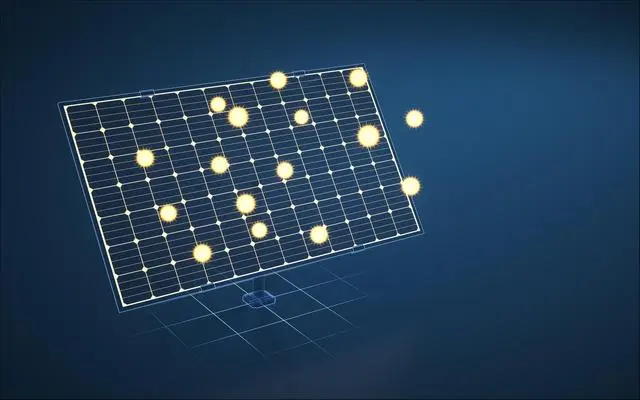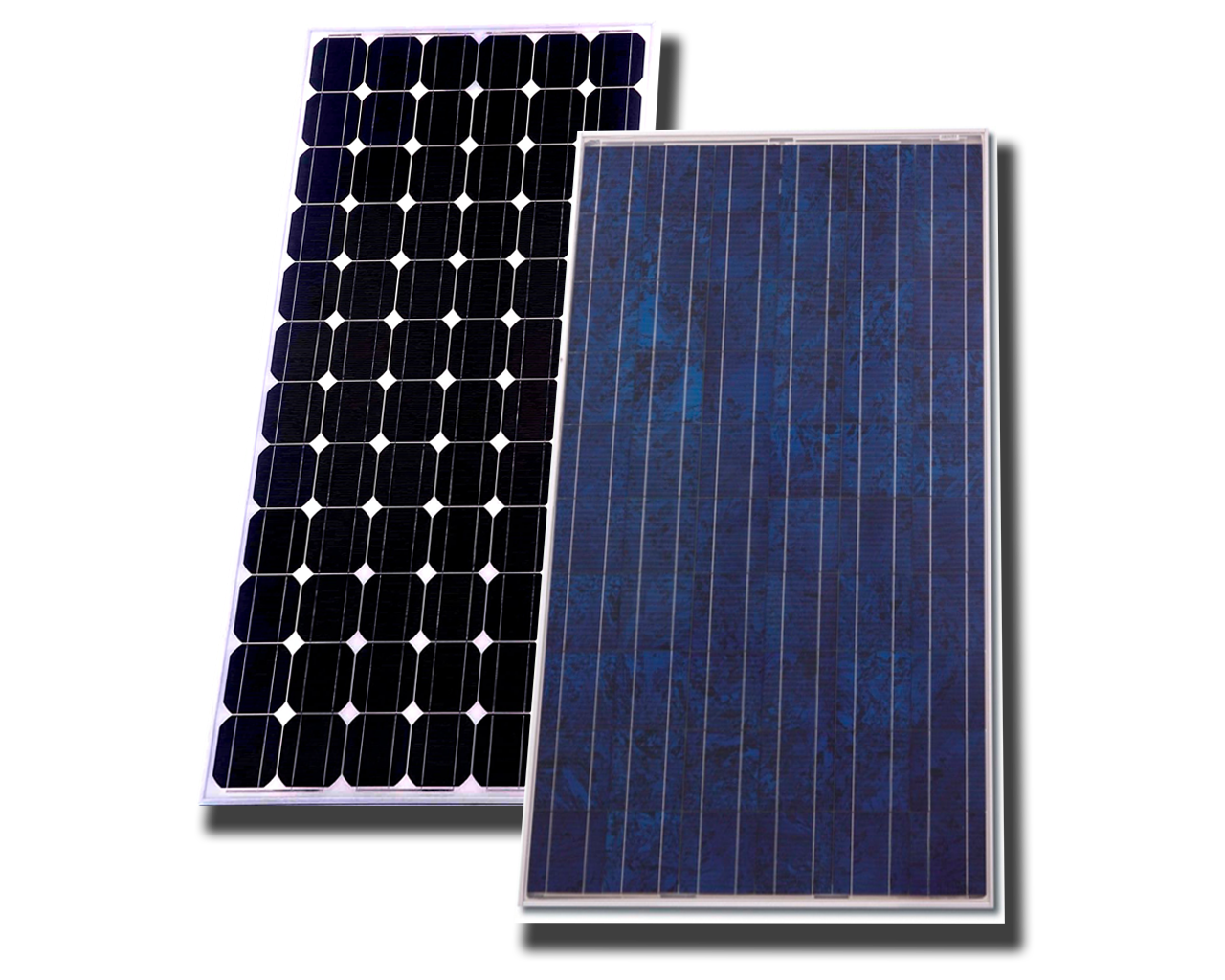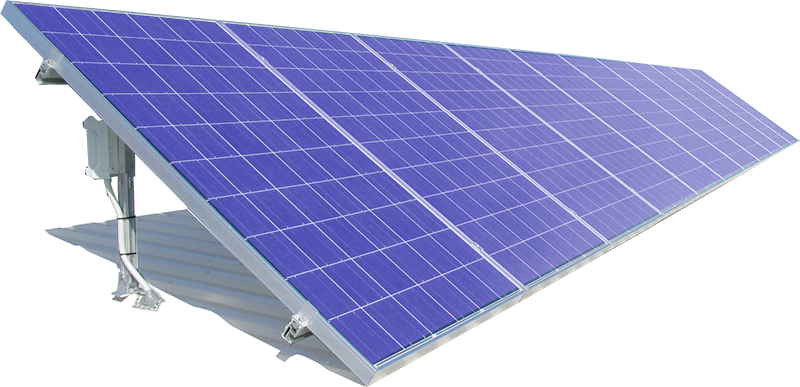In the age of climate change, innovation in renewable energy is more than a necessity—it's a global priority. As traditional silicon-based solar technology matures, a new contender is emerging with the potential to redefine how we harvest energy from the sun: Quantum Dot Solar Panels. These nanotechnology-driven marvels promise to make solar en
In the age of climate change, innovation in renewable energy is more than a necessity—it's a global priority. As traditional silicon-based solar technology matures, a new contender is emerging with the potential to redefine how we harvest energy from the sun: Quantum Dot Solar Panels. These nanotechnology-driven marvels promise to make solar energy more efficient, versatile, and affordable than ever before.


Quantum dots are tiny semiconductor particles—only a few nanometers in size—that can absorb and emit light. What makes them special is their tunable energy levels: by simply changing the size of the quantum dot, you can change the color (or energy) of light it interacts with. When applied to solar panels, these quantum dots can be engineered to absorb a wider spectrum of sunlight, including infrared and ultraviolet light that traditional panels often miss.
Instead of using bulkier silicon wafers, quantum dot solar panels embed these nanoparticles into thin films or layers. When sunlight hits the panel:
This process allows for a more compact and flexible design with high potential conversion rates.
Quantum dots can theoretically exceed the Shockley-Queisser limit (~33%) for traditional silicon panels, pushing solar efficiency well beyond current norms.
Quantum dots can be produced using solution-based processing, such as inkjet printing or roll-to-roll manufacturing—drastically reducing production costs.
Unlike rigid silicon panels, quantum dot cells can be printed on plastic, glass, or flexible substrates—even making transparent solar windows possible.
Quantum dots are capable of harnessing a wider spectrum of sunlight, including low-light conditions, which enhances performance during cloudy weather or indoors.
Despite their promise, quantum dot solar panels are still in their developmental stage. Key challenges include:

Major research institutions and startups alike are pouring resources into overcoming these hurdles. With rapid advancements in non-toxic quantum dots, encapsulation techniques, and hybrid materials, the timeline for widespread commercial adoption is getting shorter. Countries like the U.S., China, and Germany are already investing heavily in this tech, seeing it as a way to leapfrog existing solar limitations.